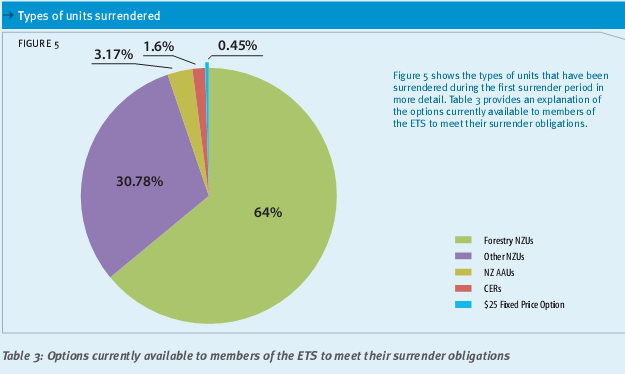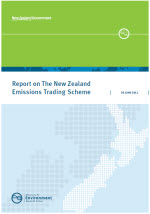
Simon Johnson’s guest post offers prompt comment on the ETS review.
Minister for Climate Change Issues Nick Smith has finally released the delayed report of the NZ Emissions Trading Scheme Review 2011. The 98-page report is titled Doing New Zealand’s Fair Share, The Emissions Trading Scheme Review 2011.
The review panel chaired by former Rogernome David Caygill gave their report to Smith on 30 June 2011. Two and half months later and one week into the Rugby World Cup, Smith has let the report out into the world.
From the title of his press release, Slowing of ETS recommended by Review Panel, I think Smith is pretty happy with the report. It also uses some of Smith’s favourite phrases; such as “Doing our fair share” and balancing emissions reductions with costs to businesses.
“The Panel acknowledges there needs to be an appropriate balance between managing these short-term costs and providing a clear long-term direction. Given the current international uncertainty and the challenging state of the economy, this means there should be measures in place which ensure the increase in the costs of the ETS occurs at an appropriate pace.” Continue reading “The NZ ETS Review 2011: Clear signals for business as usual”


 Simon Johnson continues his series of guest posts looking at the Australian and New Zealand carbon pricing schemes.
Simon Johnson continues his series of guest posts looking at the Australian and New Zealand carbon pricing schemes. Hot Topic reader and regular commenter Simon Johnson (aka Mr February) was spurred by the discussion here about Australia’s new carbon pricing policies to dig into the details. In this guest post he looks at how the new Aussie scheme compares with NZ’s Emissions Trading Scheme…
Hot Topic reader and regular commenter Simon Johnson (aka Mr February) was spurred by the discussion here about Australia’s new carbon pricing policies to dig into the details. In this guest post he looks at how the new Aussie scheme compares with NZ’s Emissions Trading Scheme…
You must be logged in to post a comment.